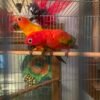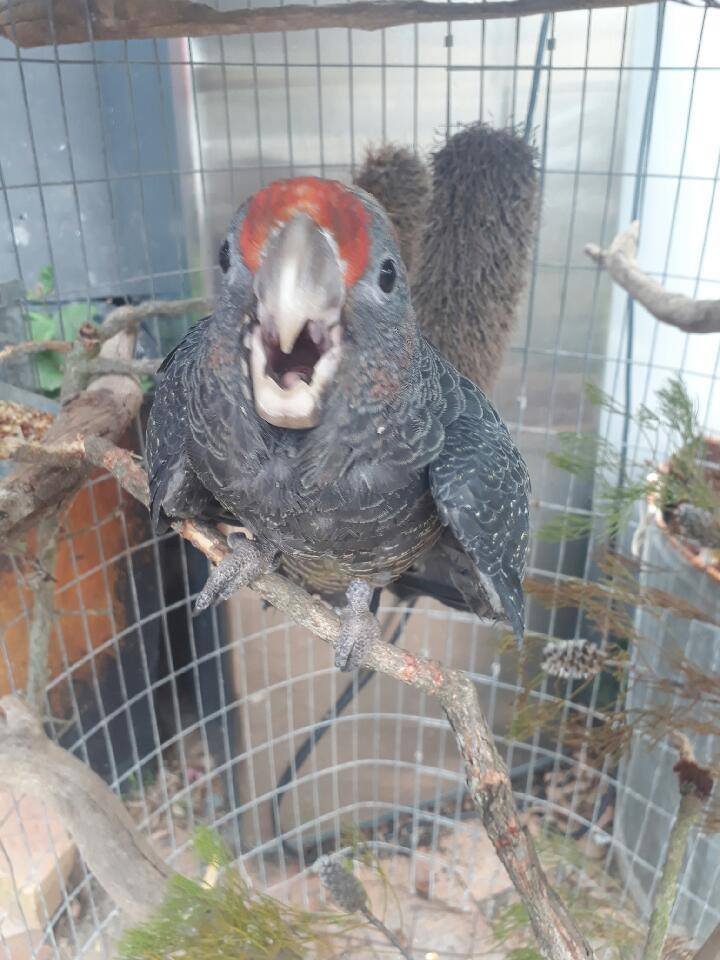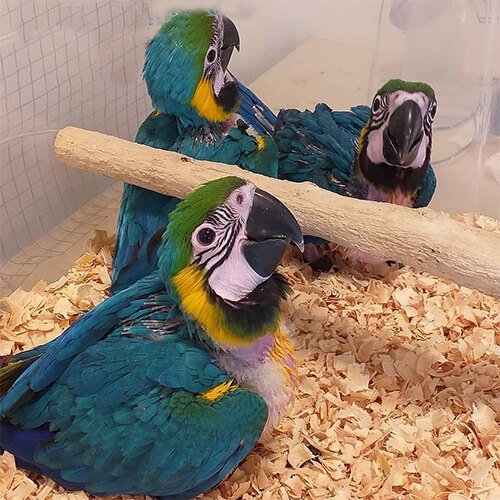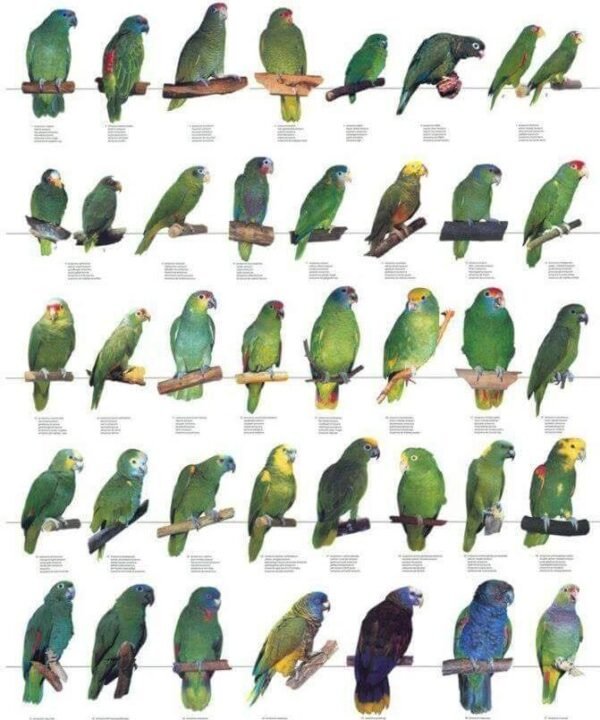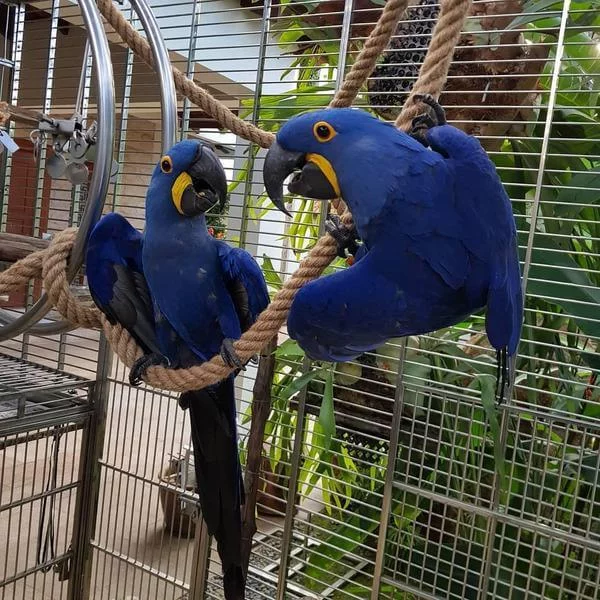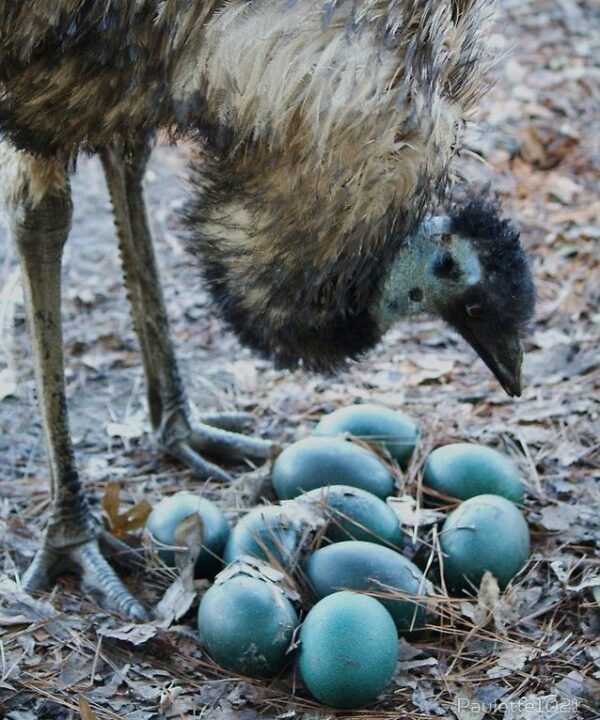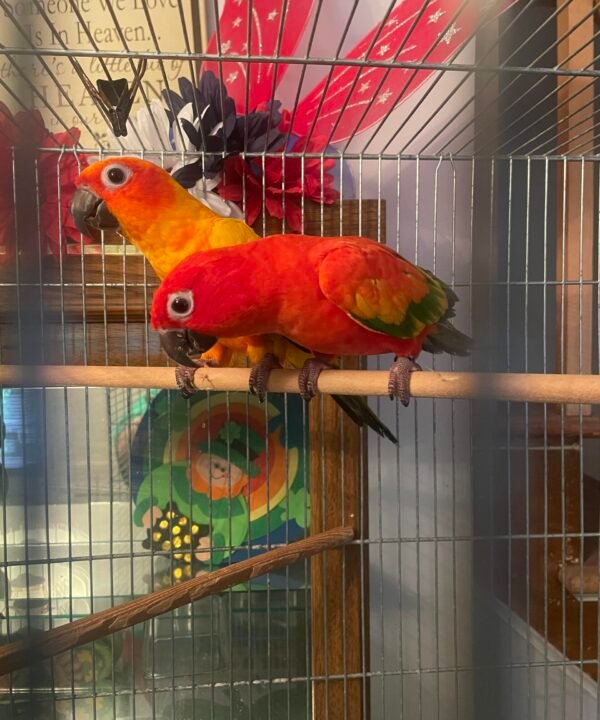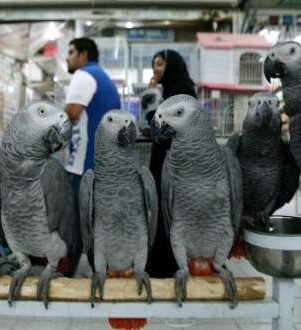$900.00
The gang-gang is endemic to coastal regions of south-eastern Australia. They used to inhabit King Island off of Tasmania, but they have since gone extinct locally. They are an introduced species on Kangaroo Island. The gang-gang prefers forests and woodlands in the mountains with dense shrub understories. The birds migrate short distances during winter into more open habitats. They must migrate back to denser forests to breed, as they need tall trees in order to build nests.
The gang gang cockatoo for sale (Callocephalon fimbriatum) is a parrot found in the cooler and wetter forests and woodlands of Australia, particularly alpine bushland. It is the only species placed in the genus Callocephalon. Mostly mild grey in colour with some lighter scalloping (more pronounced and buffy in females), the male has a red head and crest, while the female has a small fluffy grey crest. It ranges throughout south-eastern Australia. The gang-gang cockatoo is the faunal emblem of the Australian Capital Territory. It is easily identified by its distinctive call, which is described as resembling a creaky gate, or the sound of a cork being pulled from a wine bottle.
The name gang-gang comes from a New South Wales Aboriginal language, probably from one of the coastal languages, although possibly from Wiradjuri. It is probably an onomatopoeic name.
The gang-gang cockatoo is 32–37 cm (13–15 in) in length with a 62–76 cm (24–30 in) wingspan, and weighs 230–334 grams. They are grey birds with wispy crests. The head and crest is bright red in males, but dark grey in females. The edges of feathers in underparts have edges of yellow or pink. The edges of feathers on upperarts are slightly paler grey than the rest of the feather, which makes the bird look somewhat barred. Juvenile males can be distinguished by their brighter crowns and shorter crests, but otherwise look similar to adult females. The birds are not easily mistaken for other cockatoos, but while in flight may resemble the Galah. Gang-gangs are very social birds, but not overly noisy.
The gang-gang is endemic to coastal regions of south-eastern Australia. They used to inhabit King Island off of Tasmania, but they have since gone extinct locally. They are an introduced species on Kangaroo Island. The gang-gang prefers forests and woodlands in the mountains with dense shrub understories. The birds migrate short distances during the winter into more open habitats. Gang-gang cockatoos for sale must migrate back to denser forests to breed, as they need tall trees in order to build nests.
Unlike most other cockatoos, gang-gangs nest in young, solid trees, the females using their strong beaks to excavate nesting cavities. Also, they breed in the canopy of most trees.
Loss of older, hollow trees and loss of feeding habitat across south-eastern Australia through land clearing has led to a significant reduction in the numbers of this cockatoo in recent years. As a result, the gang gang cockatoo for sale is now listed as vulnerable in New South Wales. It is protected as a vulnerable species under the Biodiversity Conservation Act 2016 (NSW). This protection status as a threatened species makes it a Tier 1 criminal offence for a person or corporation to knowingly damage the bird’s habitat. Damage is defined to include “damage caused by removing any part of the habitat”. Habitat is defined to include “an area periodically or occasionally occupied by a species”.
In July 2021, an Australian Department of the Environment and Energy spokesperson stated the population has declined by approximately 69% in the last three generations, or 21 years, and in addition to this decline, the species has suffered direct mortality and habitat loss during the 2019–20 Australian bushfire season. Between 28 and 36 percent of the species’ distribution was impacted by the fires. As a result, it is set to be listed as endangered under the threatened fauna of Australia.
Related products
Birds and Parrots For Sale
Blue and Gold Macaw For Sale – Blue and Gold Macaw Baby For Sale
Birds and Parrots For Sale
Birds and Parrots For Sale
Major Mitchell Cockatoo for sale – major mitchell cockatoo birds for sale
Birds and Parrots For Sale
Cockatoo Parrots For Sale – Umbrella Cockatoo Parrots For Sale
Birds and Parrots For Sale
Birds and Parrots For Sale
Birds and Parrots For Sale
Birds and Parrots For Sale

